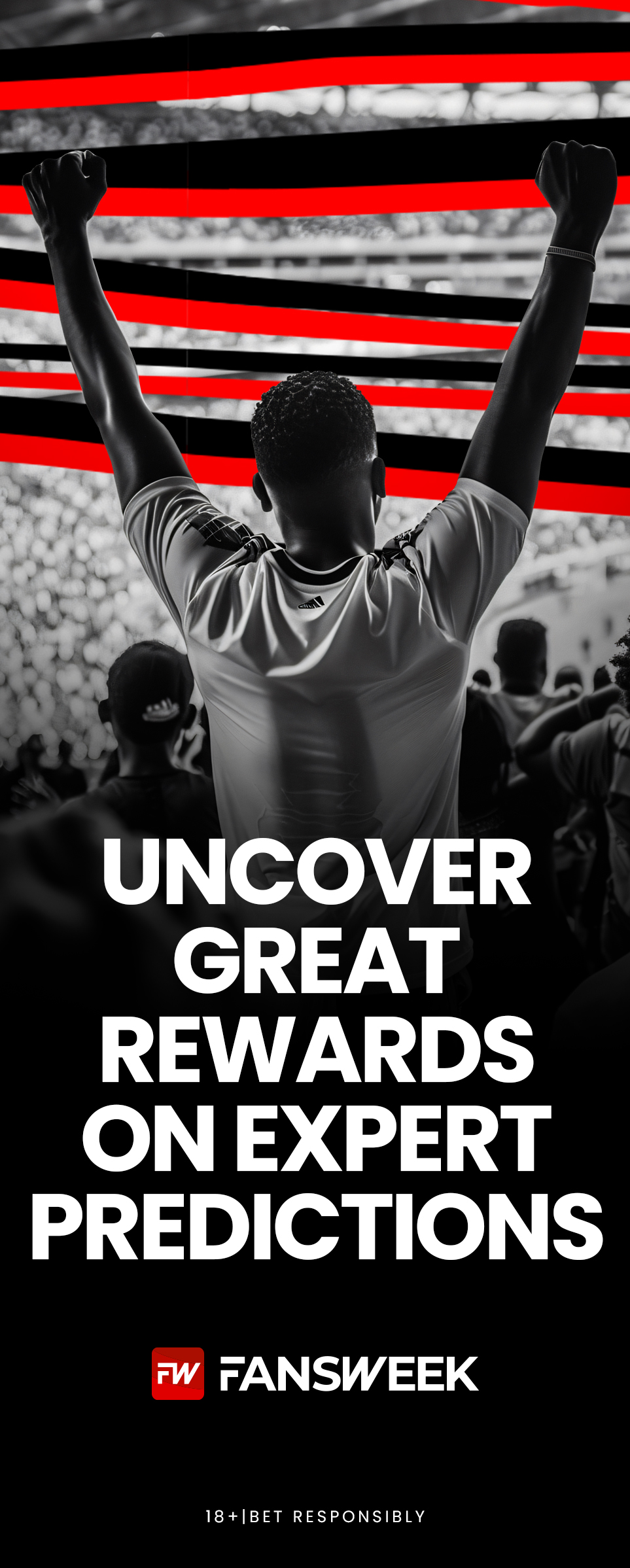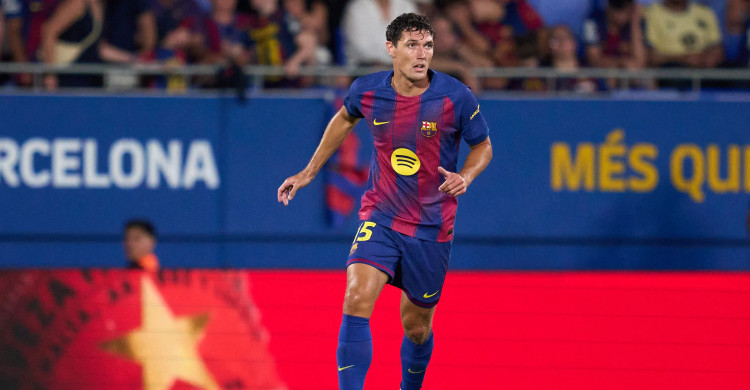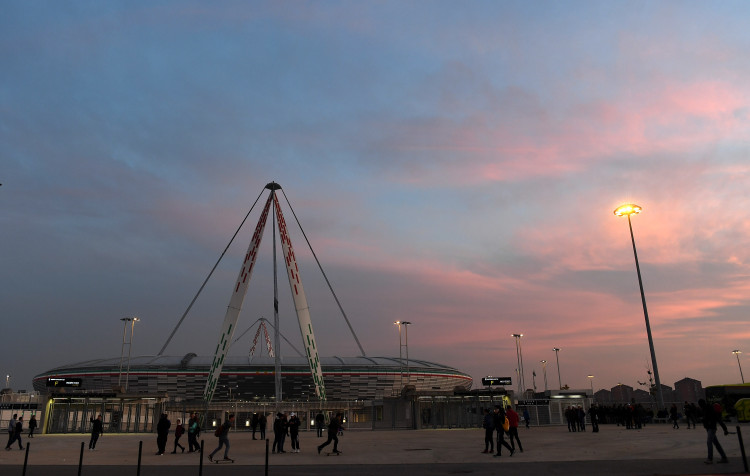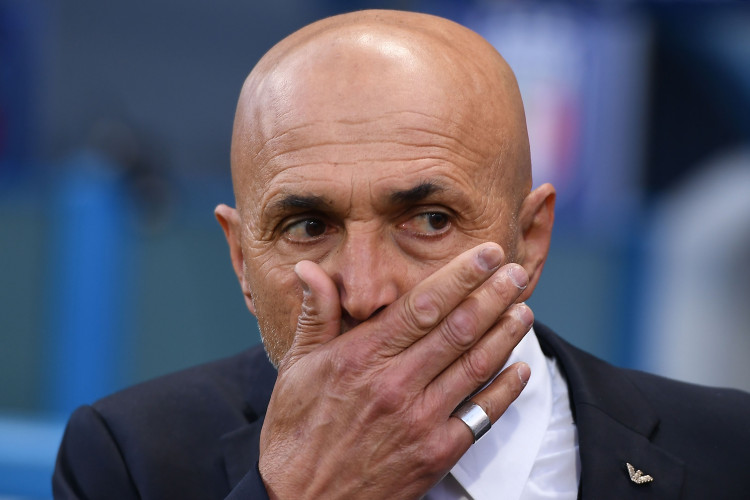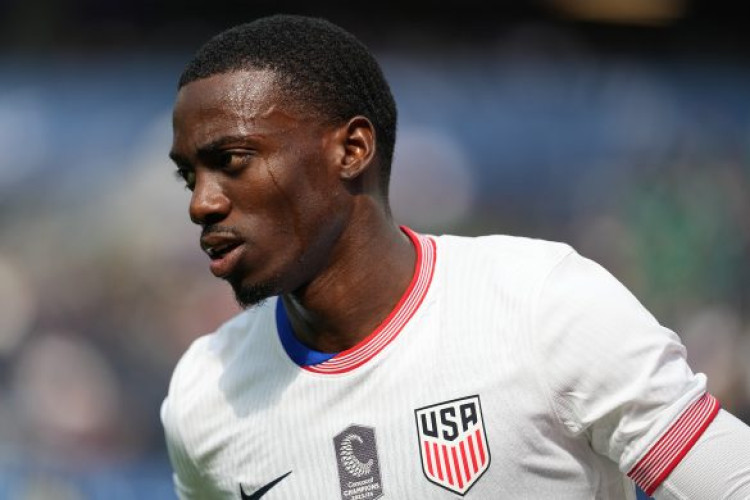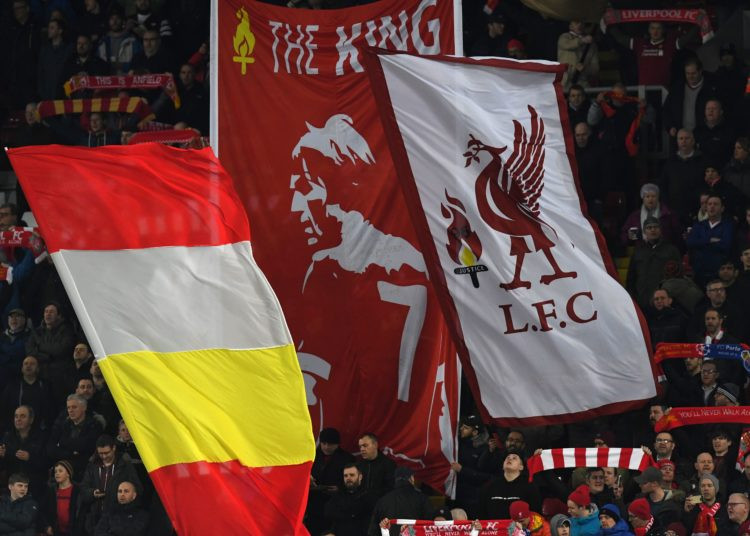
Broken Rhythm: How Arne Slot’s Liverpool Project Has Gone Off the Rails
When Arne Slot was officially unveiled as Liverpool’s new manager last summer, the sense of optimism around Anfield was palpable.
Arne arrived at Liverpool with a glowing reputation, having turned Feyenoord into one of Europe’s most exciting attacking sides. His high-energy syle of football, intelligent pressing, and tactical adaptability were supposed to represent the next evolution of Liverpool’s post-Klopp era.
After years of emotional intensity under Jurgen Klopp, the hope was that Slot would bring freshness and fluidity while maintaining the Merseyside club’s competitive edge at the top of the Premier League. Slot delivered immediately and helped Liverpool win the Premier League. As a result, he was backed heavily this summer so that he can challenge for major trophies regularly.
Fast forward to October, and Liverpool’s new era under Arne Slot looks uncertain. Despite spending a substantial sum in the transfer market and adding several top-class players, the Reds have stumbled badly. The team sits well adrift of the leaders Arsenal, their performances have lacked conviction, and the atmosphere at Anfield has grown tense.
For all the investments and optimism, little has clicked. It has been a campaign defined by tactical confusion, inconsistency, and visible frustration both on and off the pitch. Liverpool’s struggles can be traced to a handful of key errors that Slot has made in his opening months in charge.
The Dutchman’s good intentions have often been undermined by stubborn decision-making and an inability to adjust quickly to the realities of English football. Below is a closer look at the five critical areas where Slot has gone wrong and how each has contributed to Liverpool’s disappointing start to the season.
Predictable Patterns: A System Easy to Read
One of Arne Slot’s hallmarks at Feyenoord was his structured positional play, designed to create numerical overloads and control matches through fluid possession. The concept, at least in theory, suited Liverpool’s technical midfielders and their dynamic full-backs. In practice, the Premier League’s direct and transition-oriented teams have ruthlessly exploited it.
Liverpool’s defensive line under Arne Slot has regularly been exposed by quick, long passes into space, precisely the type of direct play Slot’s side appears ill-equipped to handle. Opponents have stopped pressing high and instead chosen to bypass Liverpool’s midfield altogether, targeting the space behind Conor Bradley/Jeremie Frimpong and Milos Kerkez.
Despite seeing this pattern repeatedly, Slot has persisted with a high defensive line and risky build-up sequences. The system has become entirely too predictable, and teams like Brentford, Crystal Palace, and Manchester United have found ways to exploit it with alarming ease.
By refusing to adapt or introduce more defensive flexibility, such as a secondary formation to absorb pressure, Slot has made Liverpool an open book tactically. His reluctance to modify his setup has left fans and pundits questioning whether the Dutch tactician underestimated how quickly the Premier League adjusts to new tactical blueprints.
Arne Slot’s failure to unlock new Liverpool signings
Liverpool’s board backed Arne Slot aggressively in the transfer market. Milos Kerkez was signed to provide dynamism down the left, Florian Wirtz was brought in to add creativity in the final third, Alexander Isak offered experience and goals, and Hugo Ekitike arrived as a young, energetic forward option. On paper, it was an excellent window. Yet on the pitch, these reinforcements have failed to deliver.
Wirtz, among the most technically gifted signings in recent history, has looked strangely lost in Liverpool’s structure. Tasked with operating as a free eight or wide playmaker, he has struggled to influence games consistently. His usual spontaneity seems restrained, a sign that he has not found comfort within Slot’s rigid patterns.
Kerkez, meanwhile, was expected to solve Liverpool’s recent issues at left-back, offering youth and attacking thrust. Instead, he has been caught out of position repeatedly, exposing the back line. His adjustment to the Premier League’s physicality and pace has been difficult, but critics argue that Slot’s unwillingness to protect him tactically has made matters worse.
Perhaps most baffling has been Arne Slot’s handling of Hugo Ekitike at Liverpool. The young Frenchman has been one of Liverpool’s liveliest performers whenever he has played, yet he remains a fringe figure. Despite scoring and assisting in limited appearances, Slot continues to stick with more established names.
It is a decision that has frustrated supporters who see Ekitike as a player capable of transforming the team’s attack. For a coach known for developing players, Arne Slot’s inability to integrate his new signings effectively has been one of the biggest disappointments of Liverpool’s season.
Tactical instability and a lost identity
If Jurgen Klopp’s Liverpool thrived on intensity and identity, Arne Slot’s Liverpool have struggled for both. The team appears unsettled, unsure whether it should build patiently from the back or play more vertically. The Dutchman’s constant tinkering, both in shape and personnel, has prevented the side from finding rhythm.
Liverpool have alternated between a 4-2-3-1, 4-3-3, and occasionally a 3-4-2-1, depending on the opposition. This might sound like tactical flexibility, but in practice, it has created confusion. Players seem uncomfortable, particularly in midfield, where roles are often unclear.
This constant experimentation has affected confidence levels. When players feel uncertain about their positions or tactical responsibilities, errors multiply. The communication between defence and midfield looks fractured, transitions are poorly managed, and none of Liverpool’s attacking patterns seem cohesive.
It is rare to see Liverpool so devoid of rhythm and self-belief. The lack of a settled structure has eroded both their identity and their aura of inevitability at Anfield.
Midfield imbalance and the Ryan Gravenberch conundrum
The structural flaws in Liverpool’s midfield are not entirely new. Even under Klopp, the team often looked vulnerable in transition. However, many expected that issue to be addressed robustly this summer. Instead, the central area remains Liverpool’s soft underbelly.
Arne Slot has continued to place immense trust in Ryan Gravenberch, building much of the midfield around his compatriot. While Gravenberch is highly talented, his skill set leans toward progressive carrying rather than defensive control. He thrives with freedom, but Liverpool have lacked a true holding midfielder to balance his movement.
This imbalance has exposed Liverpool in matches where they lose possession high up the pitch. Without a genuine defensive shield, someone in the mould of Rodri, Casemiro, or even a prime Fabinho, Liverpool often find themselves chasing opposition counters with acres of space to recover.
Many within the fanbase believe Slot should have demanded a specialist defensive midfielder in the summer. Instead, he seemed content with adapting the existing group, leaving the midfield porous. The result has been a recurring pattern of defensive disarray and opponents cutting through the centre with worrying ease. It is a tactical oversight that continues to undermine every other part of Liverpool’s game.
Stubborn selection choices and the Chiesa snub
Arne Slot’s insistence on sticking with certain players despite form and fitness concerns has further hurt Liverpool’s progress. Federico Chiesa stands as the clearest example of this mismanagement.
The Italian winger was signed to provide pace, direct running, and creativity down the flanks, qualities that have been sorely missed since Luis Diaz’s departure. Chiesa has delivered promising cameos, showing flashes of his trademark explosiveness and eye for goal. Yet, for reasons known only to the coach, he has not been given a prolonged run in the team.
Instead, Slot has repeatedly selected a more predictable front line, one lacking the vertical threat and unpredictability that Chiesa could bring. In a team increasingly crying out for someone to carry the ball forward and stretch defences, this decision looks baffling.
Slot’s loyalty to his tactical plan and preferred players has reached a level of dogmatism. Coaches must sometimes be ruthless, but they must also be flexible enough to trust form and momentum. By ignoring Chiesa’s impact, Slot has deprived Liverpool of a natural difference-maker in attack.
The Bigger Picture
It would be premature to write Arne Slot off. There have been brief glimpses of the team he wants to build: quick, technical, and expressive. But Liverpool’s early-season form suggests that good ideas alone are not enough.
The Premier League demands adaptation and speed of thought. So far, Slot’s Liverpool have lacked both. From tactical predictability to poor integration of signings and questionable selection choices, his early tenure has been a harsh lesson in the realities of English football.
With the season still young, Slot has time to steady the ship, but his margin for error is shrinking. Liverpool supporters are patient but restless, hoping to see the club reclaim its fierce identity and energy. That will require bold decisions, tactical maturity, and a willingness to evolve. If Arne Slot cannot make those adjustments soon, the optimism that greeted his arrival could evaporate as quickly as it came.

